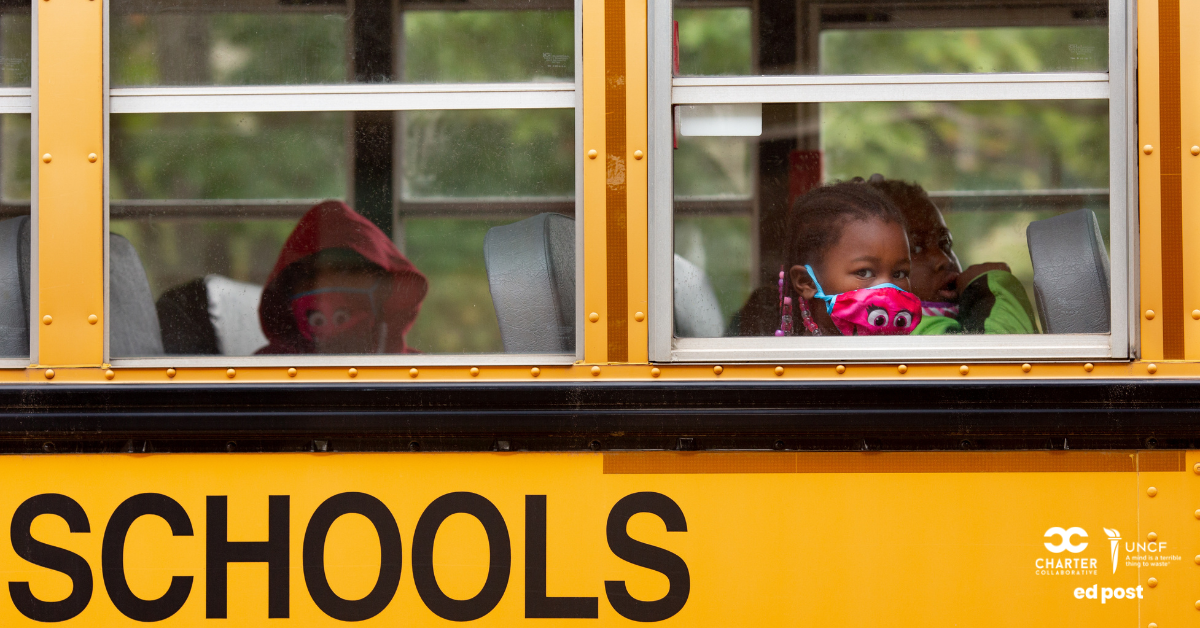
Mar 24, 2023 8:57:00 AM
Parent-school relationships have always been a vital part of student success, but during the COVID pandemic, when schools moved to remote instruction, communication between parents and educators became more frequent -- and more important -- than ever.
As schools and families returned to a more traditional schedule, many schools continued to build upon this momentum in parent engagement to establish long-term strategies to increase meaningful, two-way communication with students’ families.
At SchoolStatus, we work with hundreds of districts every year to help them build successful communication practices that engage families and support student learning.
Based on current work happening in districts, here are five strategic tips to help schools keep in closer contact with parents.
We’ve seen that when parents and teachers work together as partners in a student’s success, the impact on student progress can be significant. Communication is at the heart of that partnership. As we all work together to help students recover from the impact of COVID disruptions, it is important to engage families in that effort in as many ways as possible.
Photo by Allison Shelley for EDUimages
Leslie Ortego is the VP of Customer Success for SchoolStatus, a leading provider of a fully-integrated data analytics and communications platform designed to drive better student outcomes through the unique combination of comprehensive data and direct parent engagement.
The story you tell yourself about your own math ability tends to become true. This isn’t some Oprah aphorism about attracting what you want from the universe. Well, I guess it kind of is, but...
If you have a child with disabilities, you’re not alone: According to the latest data, over 7 million American schoolchildren — 14% of all students ages 3-21 — are classified as eligible for special...
The fight for educational equity has never been just about schools. The real North Star for this work is providing opportunities for each child to thrive into adulthood. This means that our advocacy...
Your donations support the voices who challenge decision makers to provide the learning opportunities all children need to thrive.
Ed Post is the flagship website platform of brightbeam, a 501(c3) network of education activists and influencers demanding a better education and a brighter future for every child.
© 2020–2024 brightbeam. All rights reserved.
Leave a Comment